How and when to harvest winter squash: top tips for successful picking
With our expert tips on how and when to harvest winter squash, you can enjoy these seasonal crops at their best
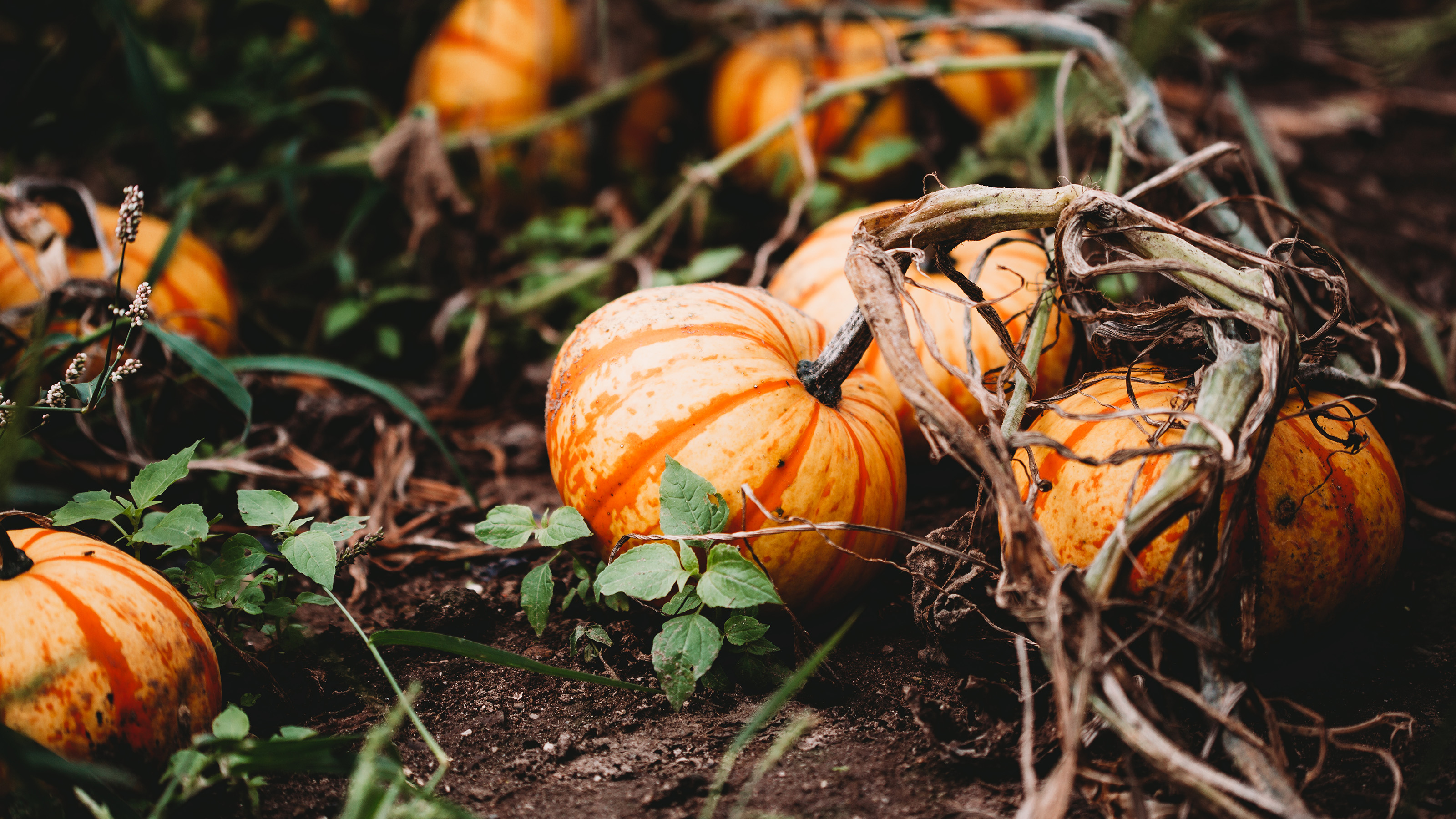
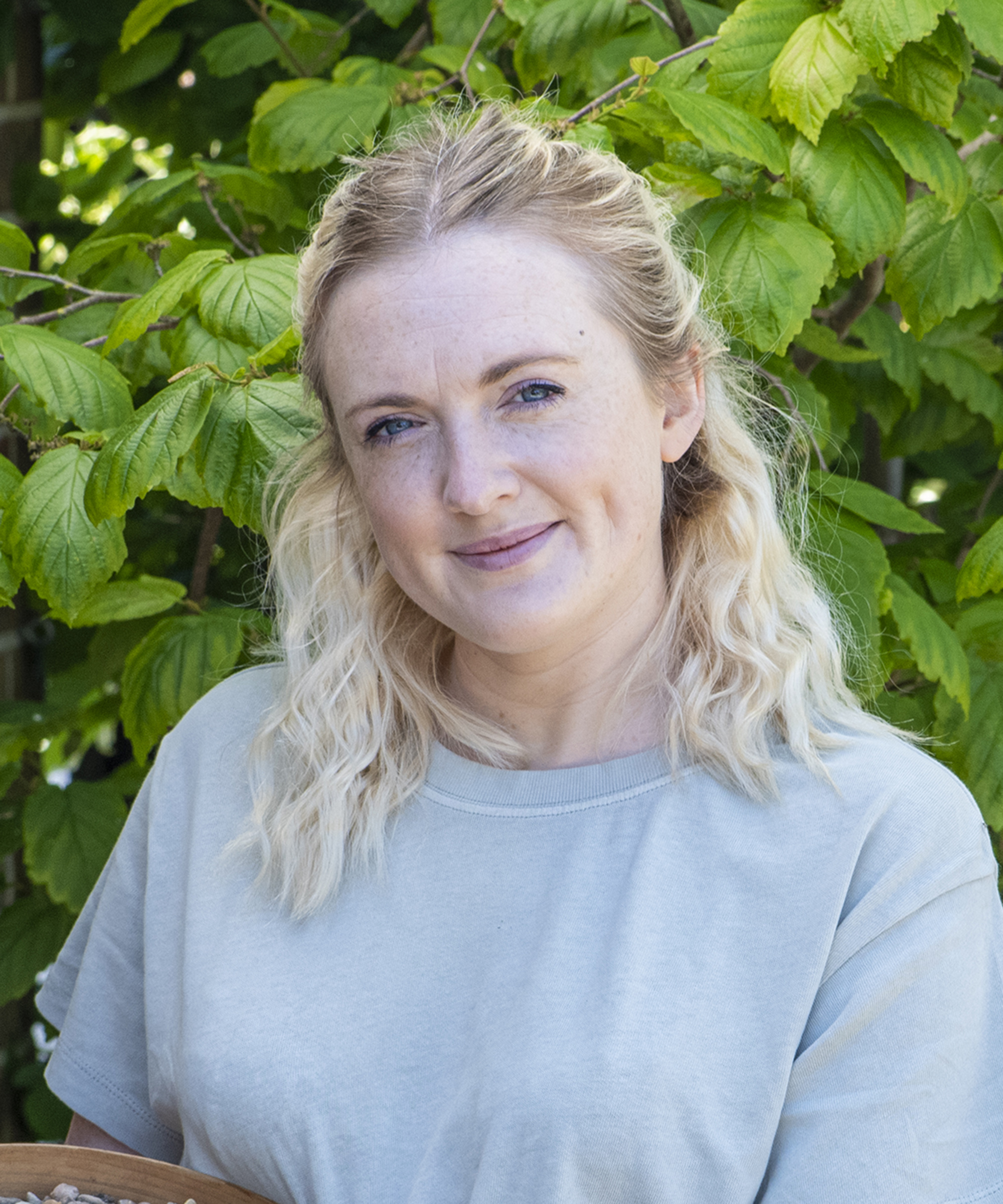
Learn when to harvest winter squash for the perfect outdoor activity in fall. Winter squashes are part of the cucurbit family, and like pumpkins and marrows, they have the ability to set hard skins and store well into the winter.
There are plenty of beautiful varieties to grow. From the ribbed ‘Rouge Vif d’Etampes’ and ‘Musquee de Provence’ pumpkins, to the enchanting wart-covered ‘Marina di Chioggia’.
Grow butternut squash in tones of rich orange, steely blue, blush pink and deep forest green, for winter squashes and pumpkins which put on a real autumn show. A favorite gardening job in fall is cutting them from their vines and lining them up in a sunny spot to dry.
They look so beautiful once they're harvested you won't be able to resist the photo opportunity.
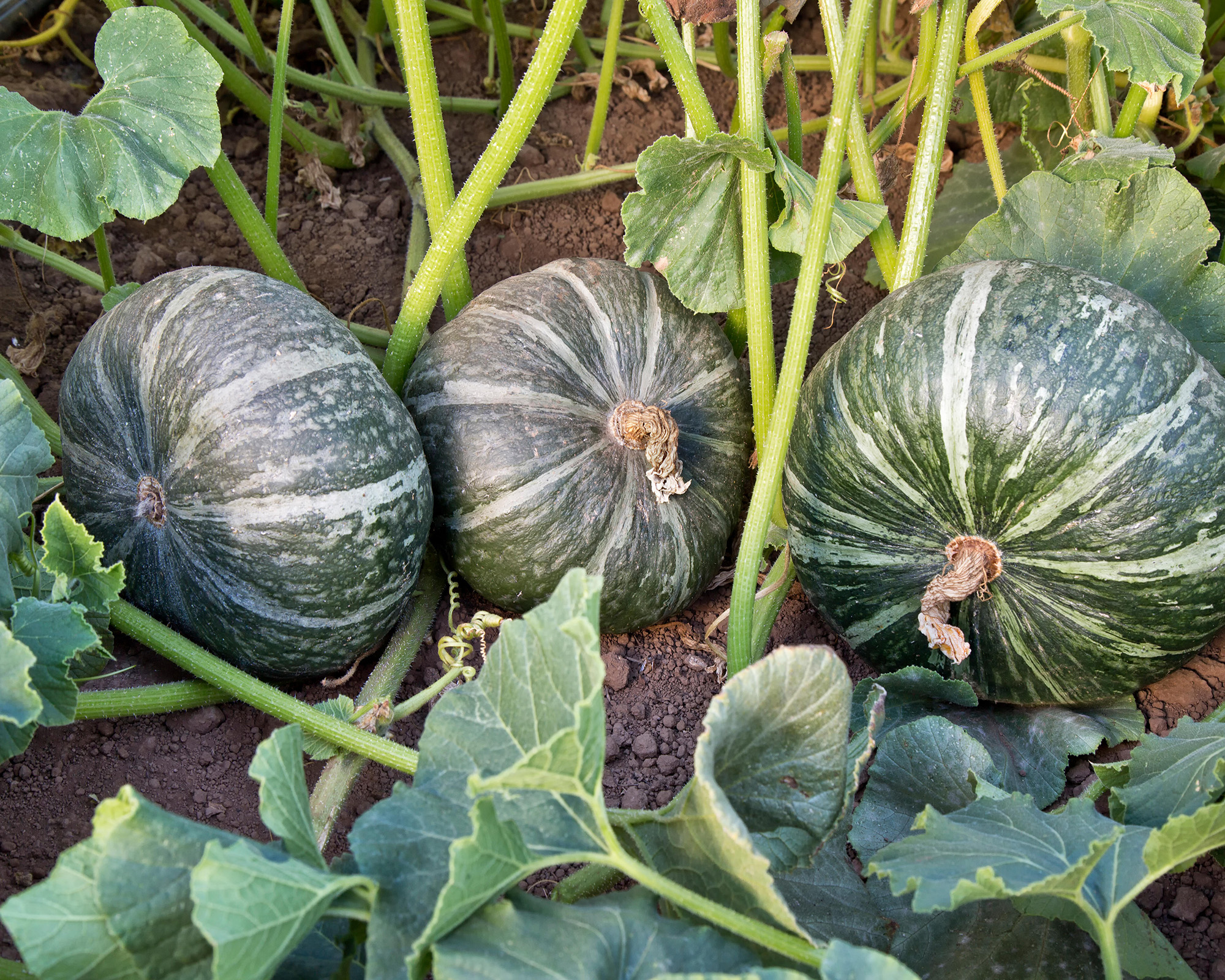
Mature Kabocha squash will be ready to harvest in autumn
When to harvest winter squash
Harvesting the many types of squash usually takes place in fall before Halloween. But you can tell when these winter vegetables are ready to harvest by their shell (see below for more info).
Winter squash include the butternut, buttercup, Hubbard and banana squash varieties. We also like the acorn winter squash at Amazon, for great color and taste.
'Many have a long growing season, needing more than 100 days from sowing to fruit maturity,' says Amateur Gardening fruit and veg expert Lucy Chamberlain.
'Unlike marrows and zucchini (where the more you harvest, the more will be produced), the fruits of pumpkins and winter squash should be allowed to mature on the plants,' says garden writer Graham Clarke.
'Remove them from your kitchen garden before the first frosts. Store them in a cool room; they should keep until Christmas and beyond.'
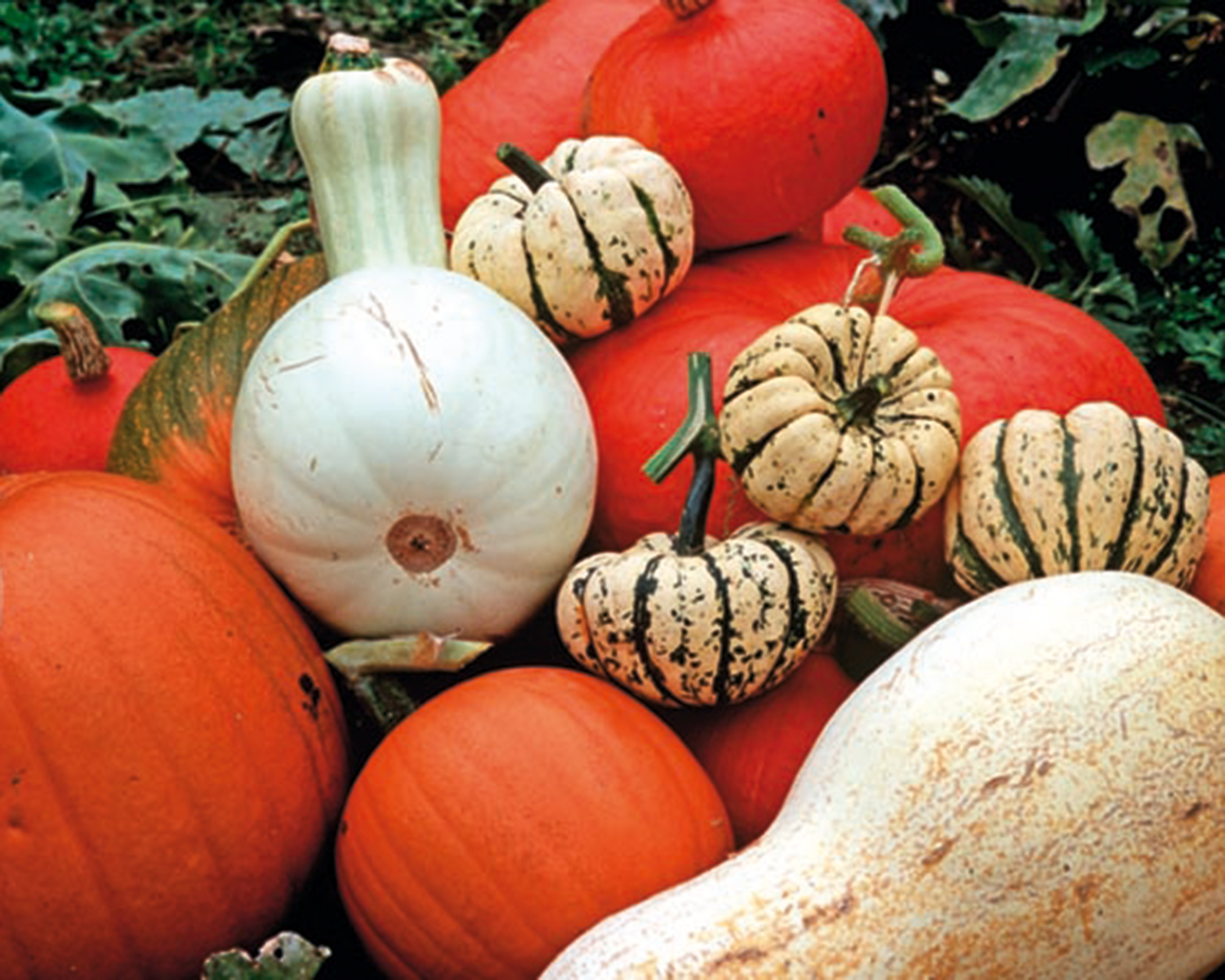
Winter squash vary beautifully in color and texture
How to harvest winter squash
As well as knowing when to harvest winter squash as part of your fall gardening checklist, you should know how to do it properly to be guaranteed of the longest possible shelf life.
Our fruit and vegetable expert Lucy Chamberlain explains how to do it:
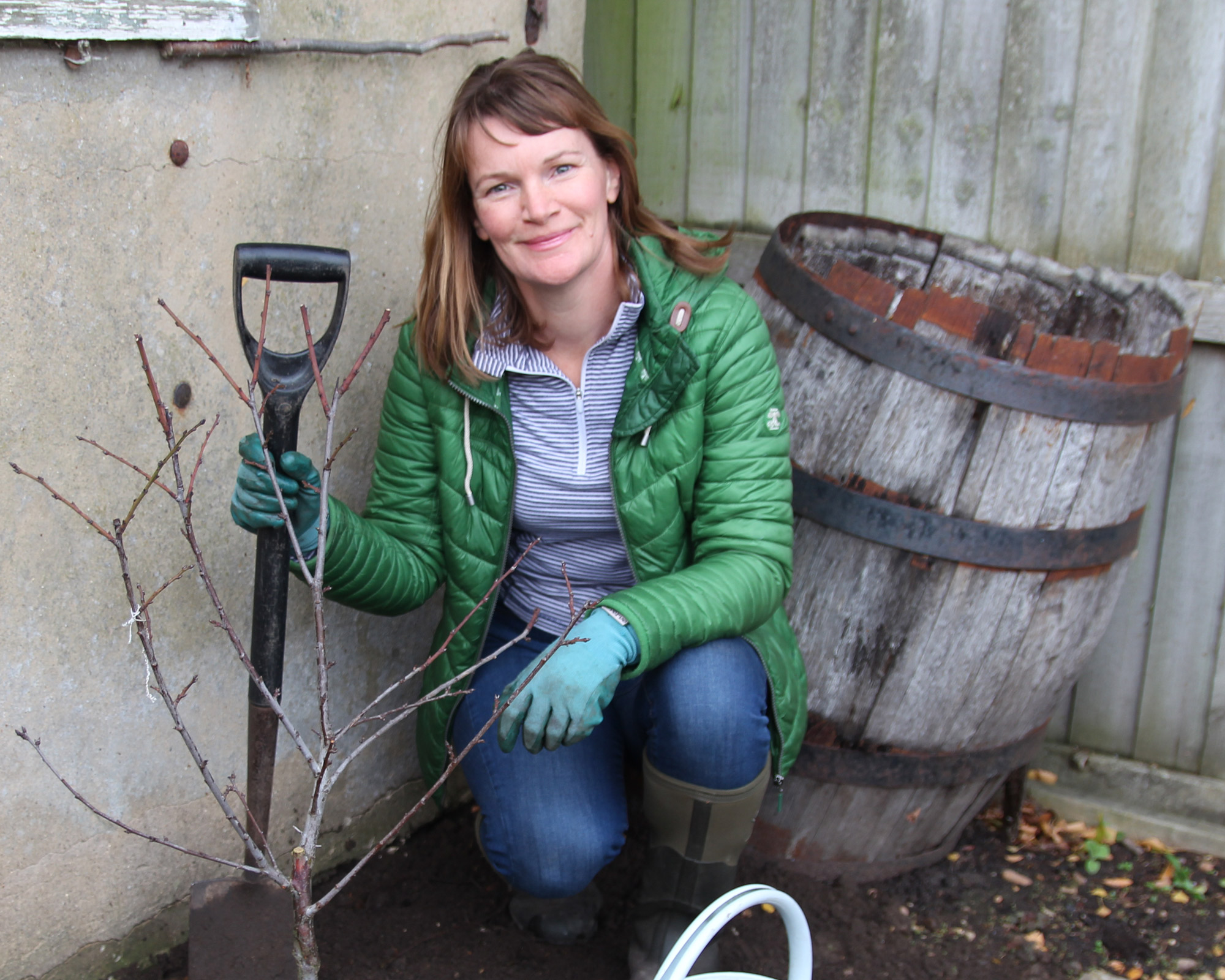
Lucy studied horticulture at Writtle and Wye colleges, and has been Head Gardener on a 100-acre private Essex estate for a number of years. She's the author of the RHS Step by Step Veg Patch book, as well as the fruit and vegetable growing expert for Amateur Gardening magazine, providing readers with invaluable advice in every issue, with tips on growing everything from winter squash to brassicas.
- Only sound squashes will store, so you need to examine your crop and identify those with cracks or splits in the skin before thinking about when and how to harvest vegetables. Eat these up first – they’re great roasted in oil and spices with a sour cream dip, or skinned, diced, boiled in stock and blitzed as soups!
- Crack- and rot-free squashes and pumpkins can store well into spring. First, cut the fruits from their plant. Leave a small stalk ‘handle’ as this will help to prevent rotting in the top of the fruit (this can happen if the stalk is snapped off).
- Lay cut squashes, untouching, somewhere sunny and frost-free – on greenhouse staging or in a conservatory (or spare room windowsill) is ideal. The gentle heat from the sun will gradually harden and cure the skins, which is key to long-term storage. While they're lying in the sun they have the benefit of acting as beautiful outdoor fall decor ideas.
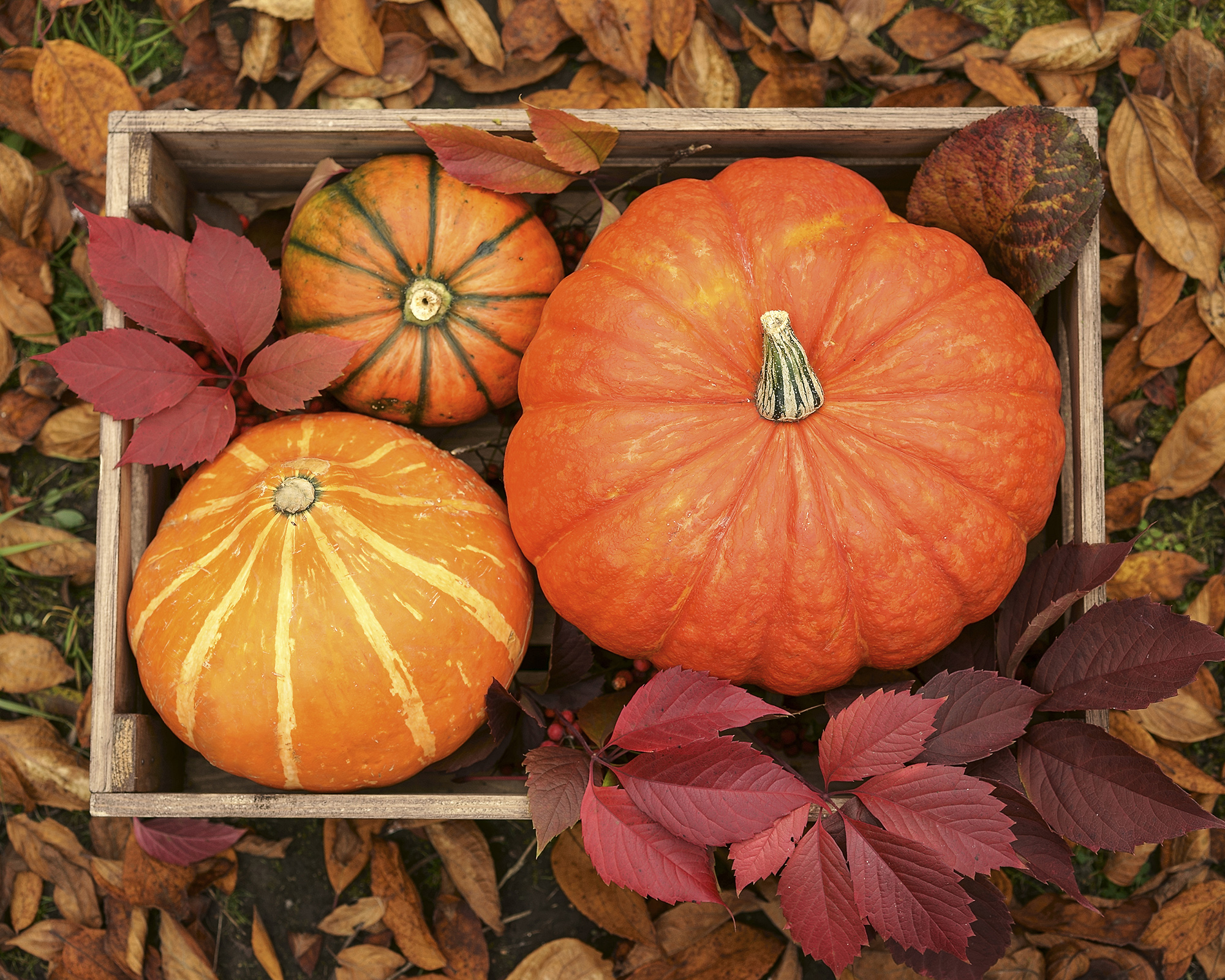
Cut away your winter squash with some stalk attached and place in sun for another 10 days
How do I know when my winter squash is ready to pick?
The best way to know when to harvest winter squash is to go by their appearance. Winter squash is harvested in fall and you can tell the ones that are ready for picking, as they will have swelled to a good size and developed a lovely mature color.
Remember that winter squash color can vary depending on the variety, so knowing what type you have is key so you know what mature color to look out for. Another great tip is to give it a knock with your knuckles. They should ring nicely if they have hardened up sufficiently for picking.
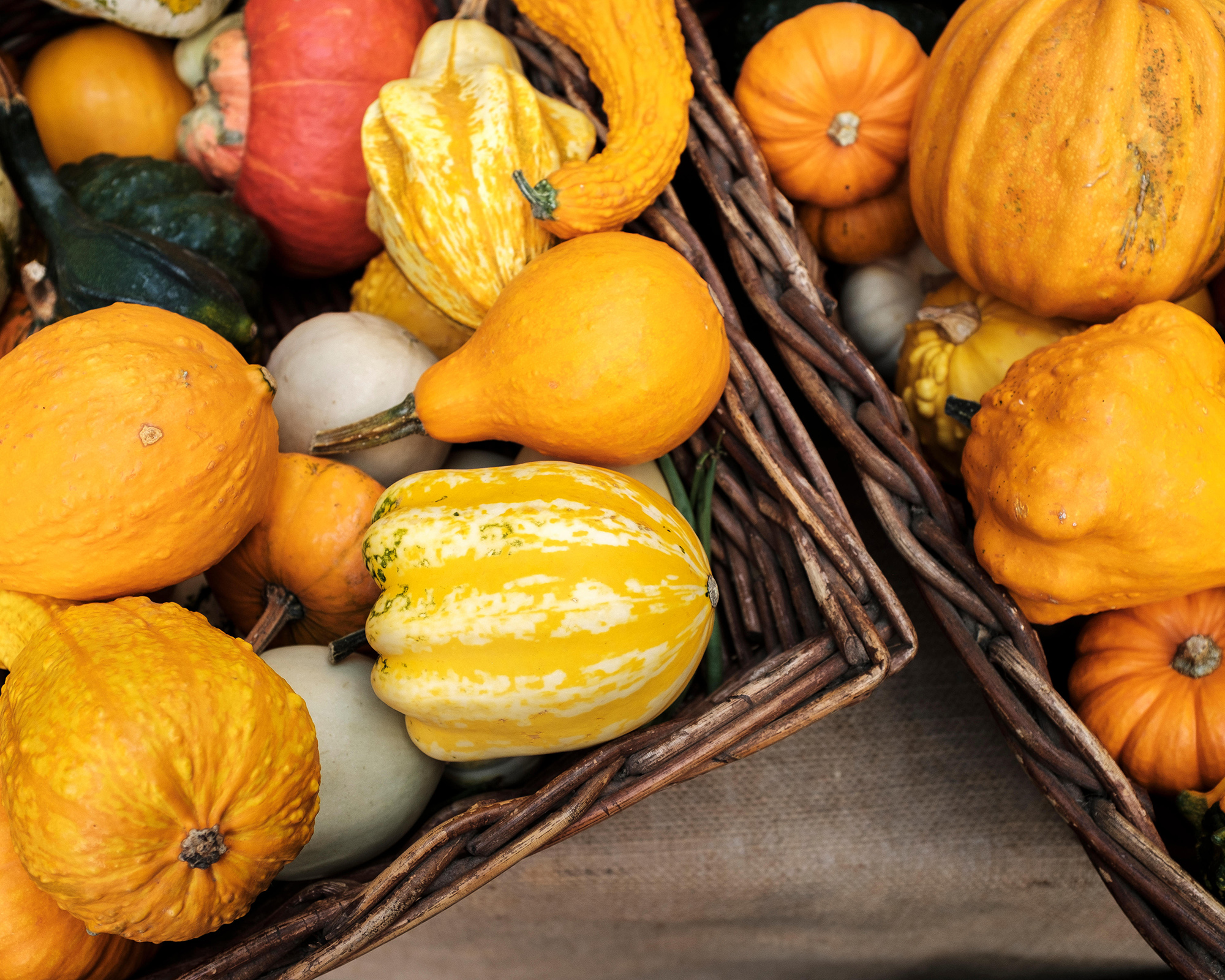
Butternut squash are classed as winter squash

Teresa has worked as an Editor on a number of gardening magazines for three years now. So she is lucky enough to see and write about gardening across all sizes, budgets and abilities. She recently moved into her first home and the garden is a real project! Currently she is relishing planning her own design and planting schemes. What she is most passionate about when it comes to gardening are the positive effects it has on our mental health to grow and care for plants, as well as being great for the environment too and help provide food and shelter for wildlife.
